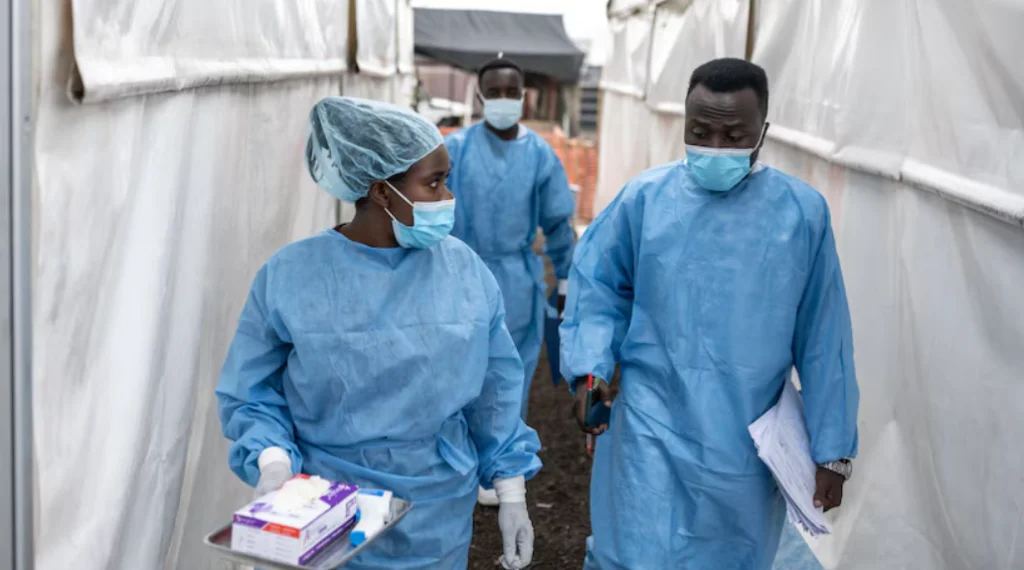Introduction to Monkeypox
The monkeypox virus outbreak has garnered global attention due to its sudden emergence and potential health implications. Although not as widely known as other viral infections, understanding monkeypox is crucial in controlling its spread and ensuring public safety.

Origins and Transmission
Monkeypox is a rare viral disease that belongs to the Orthopoxvirus genus, the same family as the variola virus that causes smallpox. The virus was first identified in monkeys, thus the name ‘monkeypox,’ but it is also found in various rodents. Human transmission occurs primarily through contact with infected animals or through person-to-person transmission via respiratory droplets, bodily fluids, or contaminated materials like bedding.
Symptoms and Diagnosis
Individuals infected with monkeypox typically exhibit symptoms similar to smallpox but tend to be less severe. Early signs include fever, headache, muscle aches, and fatigue, followed by the development of a distinctive rash that progresses to pustules and scabs. Diagnosing monkeypox involves clinical evaluation and specialized laboratory tests to detect the virus or confirm the presence of Orthopoxvirus antibodies.
Preventative Measures and Treatment
Preventing the spread of monkeypox hinges on minimizing exposure to infected animals and individuals. Strategies include practicing good hygiene, using personal protective equipment, and adhering to isolation guidelines for confirmed cases. While there is no specific treatment for monkeypox, antiviral agents used for smallpox may offer some benefit. Vaccination with the smallpox vaccine has also shown to provide cross-protection against monkeypox.
Conclusion
The recent monkeypox virus outbreak highlights the importance of vigilance and preparedness in addressing emerging infectious diseases. By staying informed and following recommended precautions, communities can effectively mitigate the spread of monkeypox and safeguard public health.